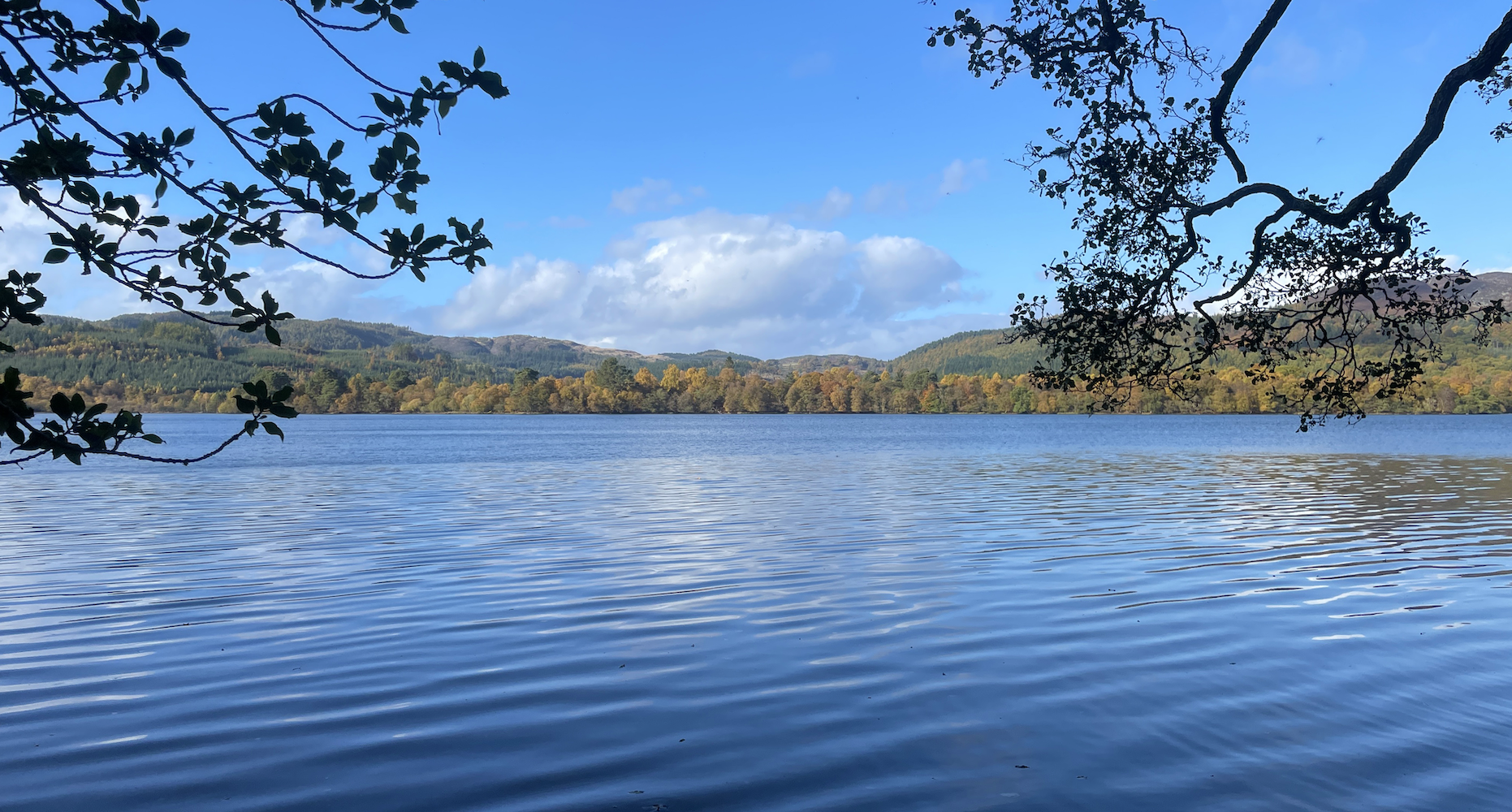Ecosystem engineers
Once again we can watch beavers in the wild here in Scotland and nature is thanking us for it.
One bright, sunny day, Will and I optimistically opted to try visit The Hermitage - at lunchtime, on a Saturday in autumn - well, of course everyone else had the same idea! Not what we had in mind so Plan B was a wander along a loch shore so we headed up to the nearby Loch of the Lowes. Straight away we spotted something exciting. Not an animal per se, but the clear and definite signs of telling us they are here - the chew marks of beavers!
Once a native species to the UK, beavers were hunted to extinction in the 16th Century. At Loch of the Lowes, Eurasian beavers are once again living and thriving, as they are at sites across Scotland, with populations now living in areas where they’ve not been seen for 400 hundred of years.
Described as “one of the world’s most adept natural engineers”, they are known as a keystone species for their amazing ability as natural ecosystem engineers to create habitats and within-habitat diversity. They coppice trees and dam small waterways which forms wetland habitats benefiting species such as water voles, amphibians, dragonflies, birds and even otters! This new wealth of living places and spaces not only allows other species to thrive, it also helps as humans as our landscapes have to cope with ever increasing wet weather and periods of extreme heat. The return of beavers further provides ample wildlife tourism opportunity such as at Knapdale and Argaty.
“Beavers...are one of the world’s most adept natural engineers, with an incredible ability to create new wetlands, restore native woodland and improve conditions for a wide range of species including dragonflies, otters and fish.”
As kid I dreamed of beavers. Back then they were of course long extinct from Scotland and it seemed to exotic for a skull in National Museum of Scotland to have come from a loch near my house 7000 years ago. Here are some images of a skull my good friend Hugh has in his collection, amazing to see the size of those orange, iron-toughened incisors. My first encounter with beavers was probably in a zoo but one of my vivid early memories is of sitting up in bed, copying drawings from an almost mythical seeming book on the species.
Several decades later I watched my first beaver in the wild and it was so exciting. Think about it though, the amazing thing is that kids today growing up here have only known Scotland as a place with beavers. This was highlighted by writer Mary Colwell at the 2024 Scotland: Big Picture conference. There Mary talked about the incredulity of a child trying to grasp the idea of a time Scotland when beavers were absent and the beauty in this reset of shifting baseline syndrome.
As well as facilitating wetlands, restore native woodlands and improving conditions for a wide range of species in the water, beavers also create habitat for a wide range of invertebrates and fungi. On our walk at Loch of the Lowes we spotted lots of interest. There was a long-ago chewed log that must be heaving with insects, judging by the eager woodpecker excavations (above).
Old beaver chew coppices are often covered in epiphytic moss and lichens and there are also fabulous fungi. Fungi are nature’s nutrient recyclers and one of my favourites, Turkey tail grows in clusters and it always looks different. Then there was clumps of witches butter, which starts out bright yellow that turns into a deep buttery goo - can you spot it below? Insects drawn to the fungi provide food for the small birds, and so it continues.
After a fine wander and lots of bird spotting too, we headed home full of memories and fresh insights. One day, this will be less of a surprise although no less exciting. Living in close proximity to them now, I watch them as they go about their quiet lives, and it is always a thrill to see them. Beavers are now legally-protected native species once again and helping to restore nature.














